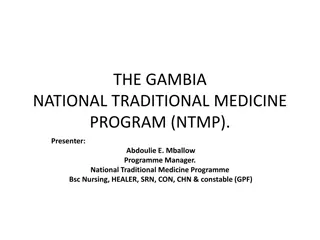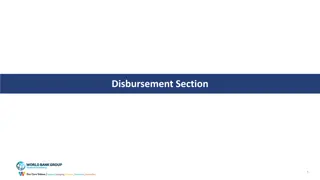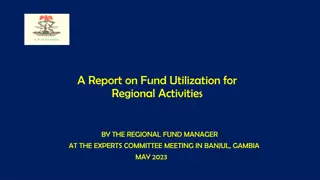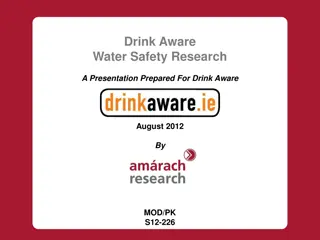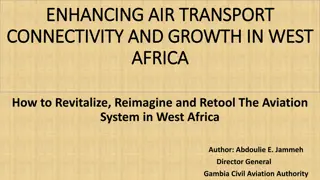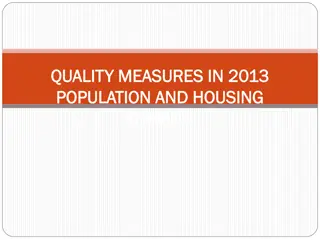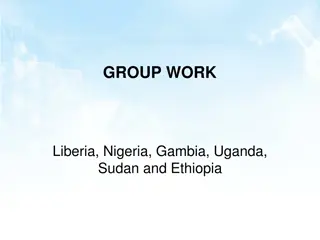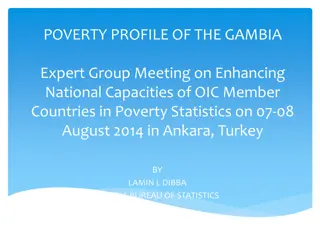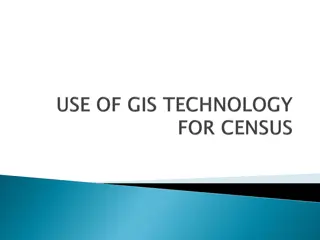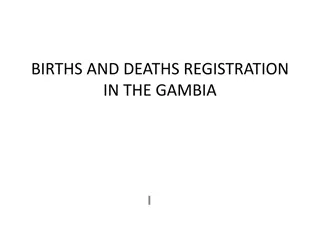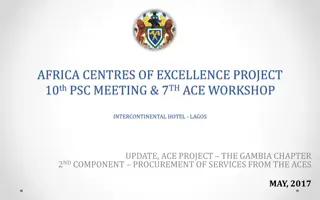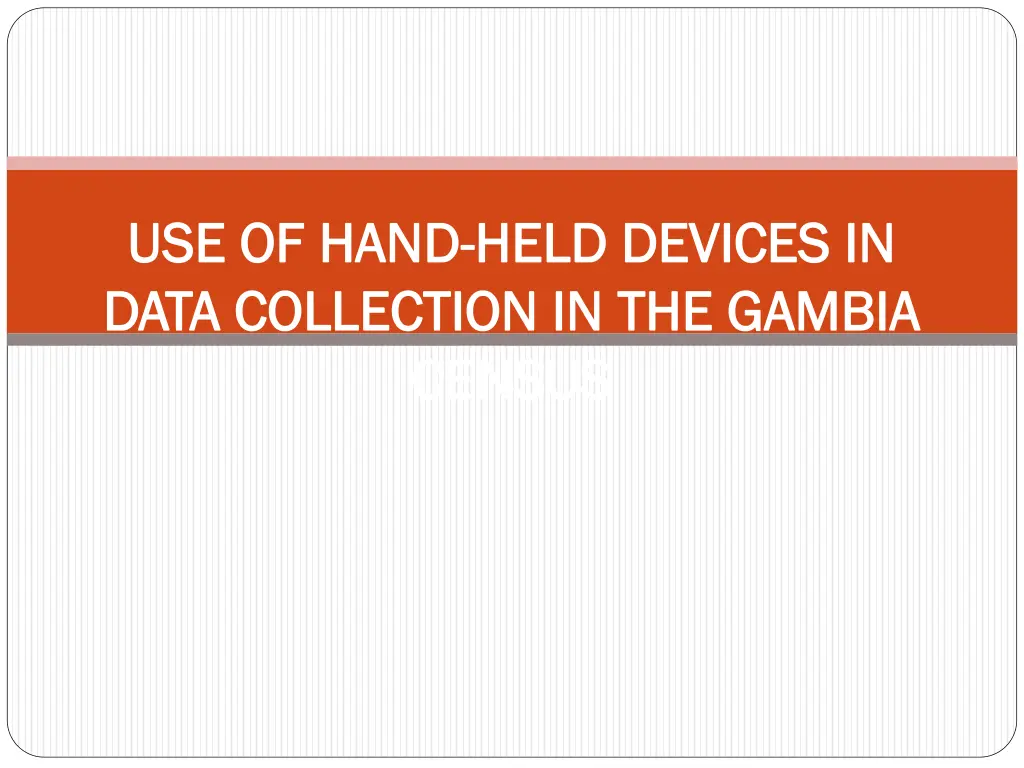
Handheld Devices for Data Collection in The Gambia Census
Learn how The Gambia Bureau of Statistics utilized handheld devices in various household surveys, the lessons gained from their experience, and the challenges faced in transitioning to digital data collection methods.
Download Presentation

Please find below an Image/Link to download the presentation.
The content on the website is provided AS IS for your information and personal use only. It may not be sold, licensed, or shared on other websites without obtaining consent from the author. If you encounter any issues during the download, it is possible that the publisher has removed the file from their server.
You are allowed to download the files provided on this website for personal or commercial use, subject to the condition that they are used lawfully. All files are the property of their respective owners.
The content on the website is provided AS IS for your information and personal use only. It may not be sold, licensed, or shared on other websites without obtaining consent from the author.
E N D
Presentation Transcript
USE OF HAND USE OF HAND- -HELD DEVICES IN HELD DEVICES IN DATA COLLECTION IN THE GAMBIA DATA COLLECTION IN THE GAMBIA CENSUS CENSUS
Introduction The Gambia Bureau of Statistics (GBoS) used handheld devices in the following household surveys: 1. World Bank funded Nutrition Survey The devices used in this survey were provided by a WB recruited consulting firm, RTA who determined both the specifications (android) and platform. All that was required of the Bureau was to collect the data. 2. The Comprehensive Food Security and Vulnerability Assessment (CFSVA) This survey commissioned by WFP also had its platform determined although the devices used belong to the statistics office and were also android.
Experience/Lessons In each of the above cases, the software utilized were free. However, the statistics office did not participate in the building of the programmes. The IT infrastructure and back-end systems for the data collection done with handheld devices were provided and managed outside of the statistics office. In all the cases however, the data transmission was real-time (online).
Experience/Lessons (contd.) The only GIS facility utilized during these data collections was the capturing of the GPS. The use of handheld devices in data collection has changed many aspects of operations. Primarily, the recruitment of field workers has been reviewed to consider basic computer/smartphone literacy. The duration of training, though, has increased a bit to allow for adequate time for training on the devices. The burden of field supervisors has reduced a bit since most controls built into the devices have reduced field editing on supervisors.
Experience/Lessons (contd.) Data quality has improved significantly since the data being collected is monitored real-time on a daily basis and data quality checks and feedbacks are frequently back to teams GBoS is in the process of rolling out on the paper questionnaire to fully adopt the use of handheld devices. This comes with lot of challenges due to the need to frequently update software, poor electricity supply in most parts of the country and poor internet connectively where real-time data is needed.


